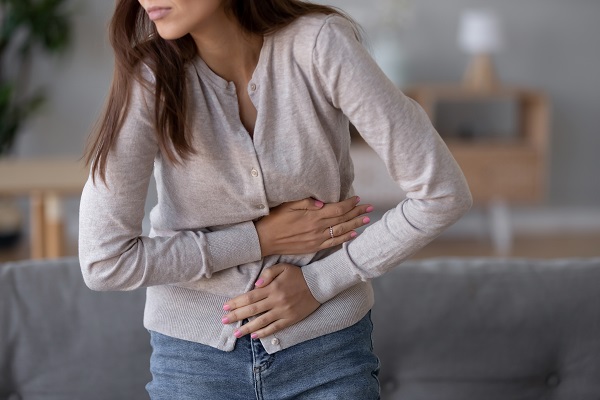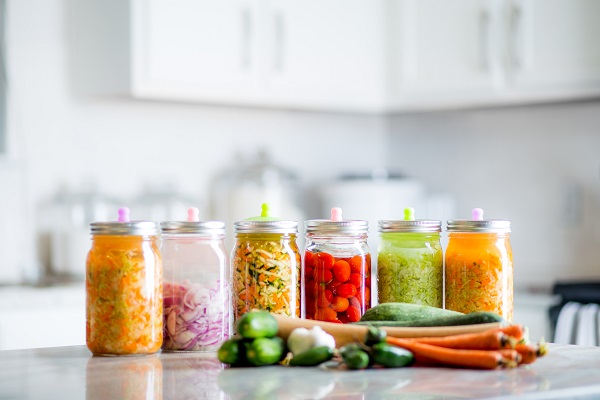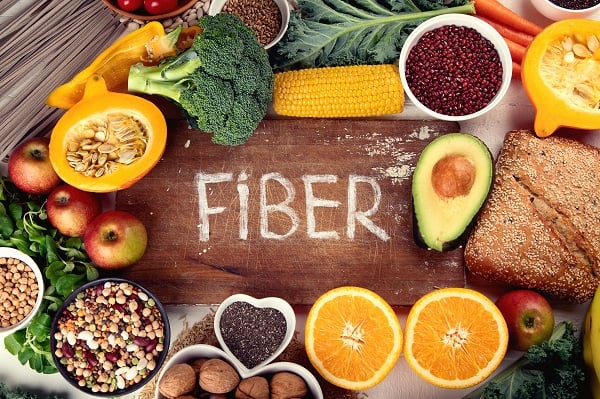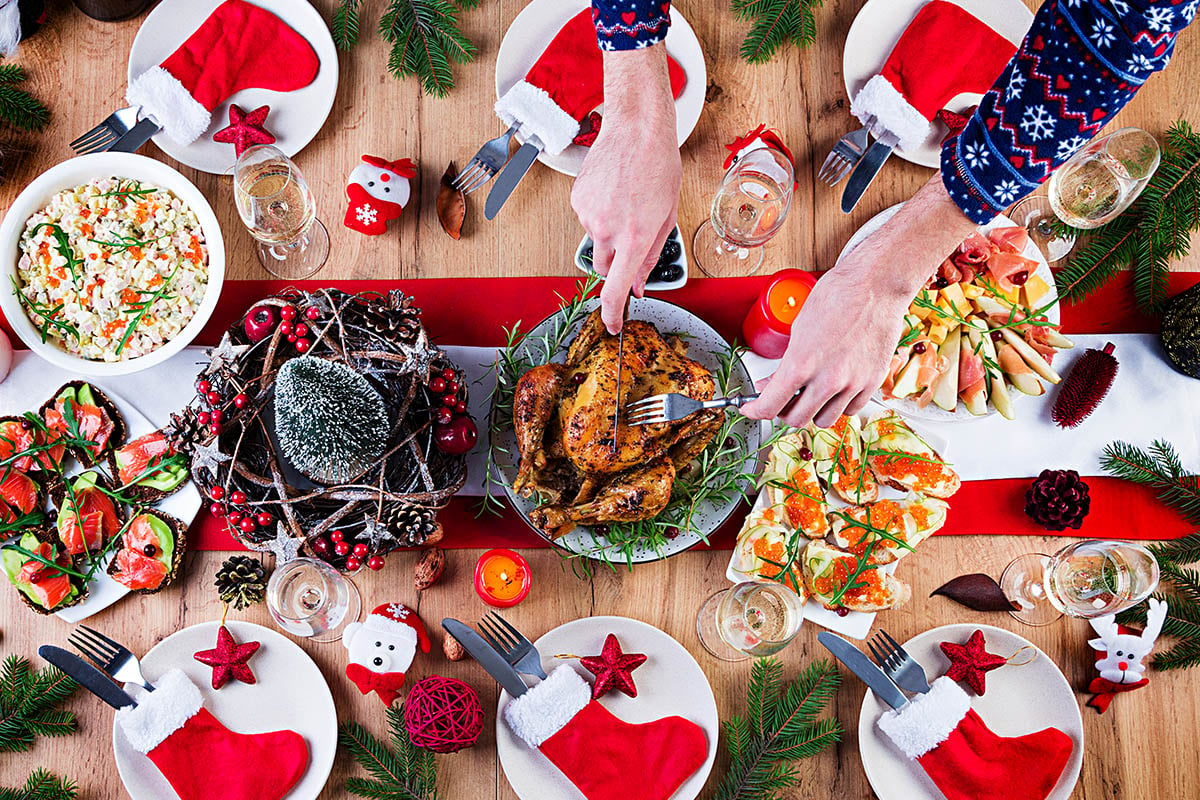Antibiotics save lives, but they can do a number on your gut microbiota (flora), a complex ecosystem of microbes that helps keep us healthy. In recent years, healthy gut flora has been associated with optimal functioning of numerous body systems, including the nervous and digestive systems, and it promotes a healthy brain and optimal hormonal function.
When an antibiotic is prescribed to eliminate an unhealthy bacterial invader, it also eradicates a number of healthy bacteria that reside in the gut as well. This can lead to digestive woes, including antibiotic-associated diarrhea, or AAD.

Of particular concern with antibiotic use is a bug known as Clostridium difficile, commonly known as C-diff, which can cause diarrhea as well as more severe problems, including life-threatening inflammation of the colon. When antibiotics wipe out the healthy gut bacteria that normally keep C-diff at bay, these bad bacteria can proliferate and cause long-lasting health problems.
Many physicians recommend taking a probiotic along with antibiotics, which have been shown to reduce AAD. Probiotics are live microorganisms that replenish healthy gut bacteria and restore the colony to good health.
Stonehenge Health’s Dynamic Biotics is a probiotic featuring 16 unique strains and 50 billion colony forming units (CFUs) per serving, along with a prebiotic fiber that feeds the colony to promote probiotic growth.
What You Should Eat While on Antibiotics
In addition to taking a probiotic, it’s a good idea to pay close attention to what you eat while on antibiotics. These foods can help restore the gut microbiota following damage done by antibiotics:
Fermented Foods
Fermented foods are produced by microbes and help restore the colony of healthy flora in your gut. Fermented foods like raw cheese, yogurt, pickles, sauerkraut, kombucha, and kimchi contain a number of healthy bacteria species, including Lactobacilli and Bifidobacteria, which help keep bad bacteria to a minimum and promote the flourishing of good bacteria.

High-Fiber Foods
While fiber can’t be digested by the body, it can be digested by the bacteria in your gut, and this “food” helps them grow. During and after a course of antibiotics, fill up on fiber-rich foods like whole grain oats, nuts and seeds, beans, popcorn, broccoli, celery, avocado, artichoke, and bananas.
Prebiotic Foods
Prebiotics feed the microbiota, and most high-fiber foods are prebiotic, feeding and growing the colony. But a couple of foods that aren’t high in fiber are also powerful prebiotics, including red wine and cocoa.

Supplementation is Best While Taking Antibiotics
While a daily dose of probiotic-rich foods has numerous benefits whether or not you’re taking an antibiotic, taking a probiotic in supplement form is recommended when you’re on antibiotics. That’s because when you want bacteria to take up residence in your gut, you need numerous CFUs, or colony-forming units.
Research shows that the body needs at least 30-40 billion CFUs per dose to build the healthiest colony. Stonehenge Health’s Dynamic Biotics contains 51 billion CFUs of probiotics per serving, making it one of the most effective on the market.
A healthy, probiotic-rich diet along with daily probiotic supplementation can keep your gut bacteria balanced while you’re on antibiotics–and even when you’re not. The health of the microbiota gut flora affects your overall health and wellbeing, and a daily dose of probiotics can help keep you healthy and your body systems running smoothly.
Sources:
https://www.ncbi.nlm.nih.gov/pmc/articles/PMC4831151/
https://www.nature.com/articles/s41564-018-0257-9
https://www.ncbi.nlm.nih.gov/pubmed/18811240
https://www.ncbi.nlm.nih.gov/pubmed/26756877
https://www.ncbi.nlm.nih.gov/pubmed/17761020















